Lucid Motors CEO Peter Rawlinson steps down
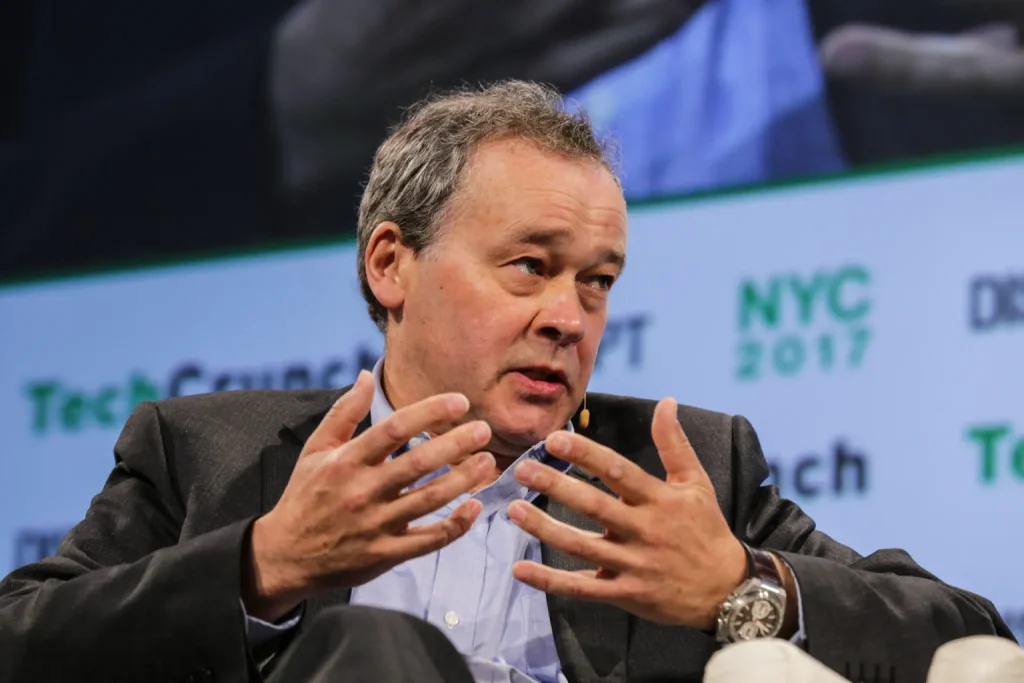
Lucid Motors is changing CEOs for the first time in nearly six years. The company announced Tuesday that Peter Rawlinson is stepping down from the CEO and CTO roles that he’s held since before the company went public. Rawlinson has also left Lucid’s board, according to a regulatory filing.
Lucid appointed its chief operating officer Marc Winterhoff as its interim CEO. Rawlinson will serve as “strategic technical advisor” to Turqi Alnowaiser, who is chairman of the board and a top executive at Saudi Arabia’s sovereign wealth fund — Lucid’s majority owner. The leadership change comes at a critical time for Lucid Motors, which just launched its Gravity SUV late last year. Lucid Motors has high hopes for the electric SUV. The company’s first vehicle — the Air sedan — has struggled to come anywhere near the sales targets it once projected when it went public in 2021. The Gravity is still in the process of being slowly rolled out to early customers, employees, and other people close to the company. “Now that we have successfully launched the Lucid Gravity, I have decided it is finally the right time for me to step aside from my roles at Lucid,” Rawlinson said in a statement. “I am incredibly proud of the accomplishments the Lucid team have achieved together through my tenure of these past twelve years. We grew from a tiny company with a big ambition, to a widely recognized technological world leader in sustainable mobility.” Rawlinson can occupy the advisor role until February 2027, and will receive a “monthly payment of $120,000 for services rendered,” along with a complimentary Lucid EV, health insurance, a $2 million stock grant, and more, according to a regulatory filing. Rawlinson came to Lucid Motors in 2013 back when it was still known as Atieva, and was primarily focused on developing battery packs and other EV powertrain components. He had previously been employed at Tesla as the chief engineer of the Model S sedan — a fact that Tesla CEO Elon Musk has repeatedly tried to obscure. Lucid announced Rawlinson’s transition alongside its financial results for the fourth quarter of 2024, as well as for the full year. The company ultimately delivered 10,241 EVs across 2024, up from just 6,001 in 2023. That generated $808 million in revenue, up from $595 million in 2023. But Lucid still lost a whopping $2.7 billion last year. It lost $2.8 billion in 2023. Lucid said Tuesday that it plans to double production to around 20,000 EVs in 2025. Lucid finished the year with $1.6 billion in cash and equivalents. It repeatedly tapped Saudi Arabia for billions in funding throughout 2024 to help stay afloat until the launch of the Gravity — despite Rawlinson telling the Financial Times last March that he felt it was “dangerous” to behave like the Kingdom was a source of “bottomless wealth.” Winterhoff said on a conference call Tuesday that Rawlinson “will not be part of the day-to-day business,” and said the former CEO will only be involved if Lucid’s chairman asks. “If there are questions arising and the chairman thinks it is worthwhile to involve Peter, then he will, but it’s up to the discretion of the chairman to have that interaction,” Winterhoff said. Rawlinson was not part of the call — something that analyst John Murphy from Bank of America called out as odd. “I’m just curious, you know, why Peter isn’t present, and why you would make an announcement like this without a successor?” he asked. “I know it’s a tough question, but I mean, it’s the one that everybody’s thinking.” “I think we clearly announced that Peter made the decision that after 12 years, it’s now a good time to pass the baton,” Winterhoff said.


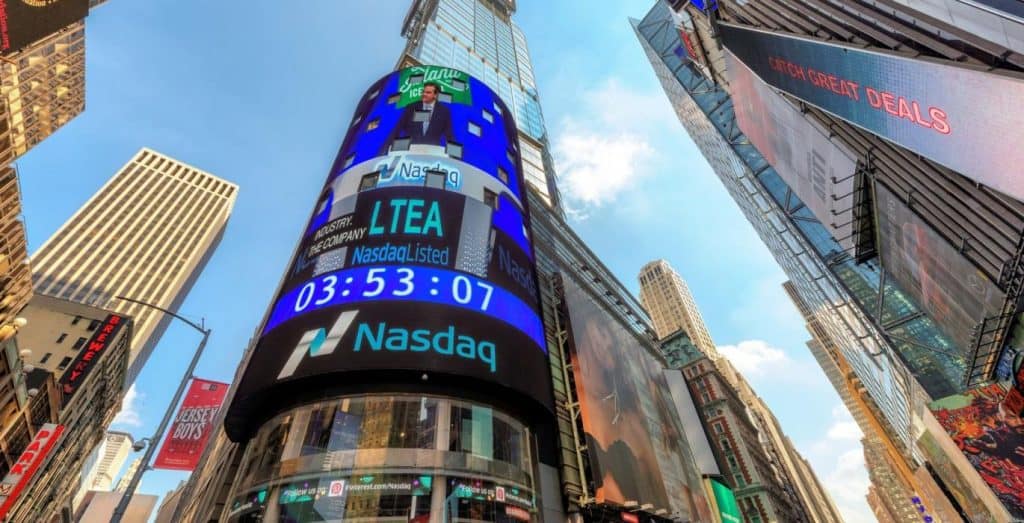
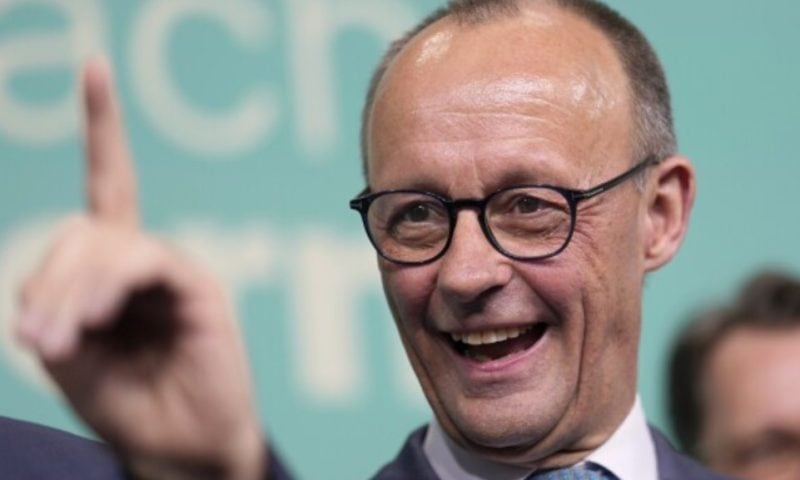
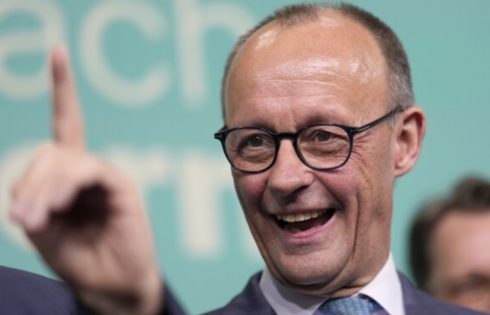
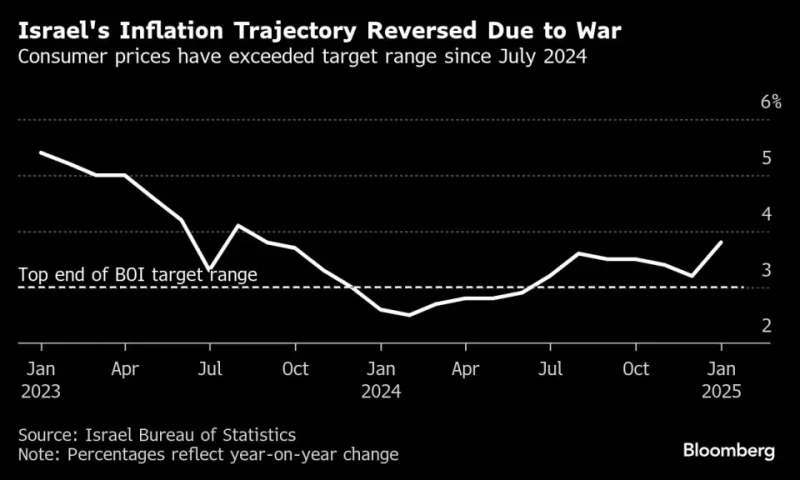
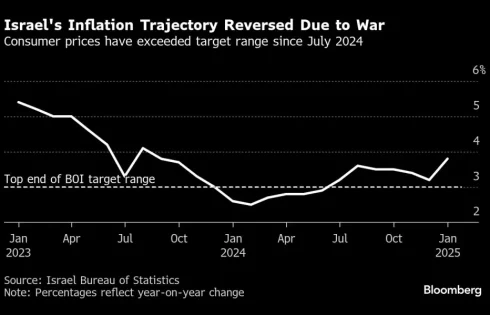
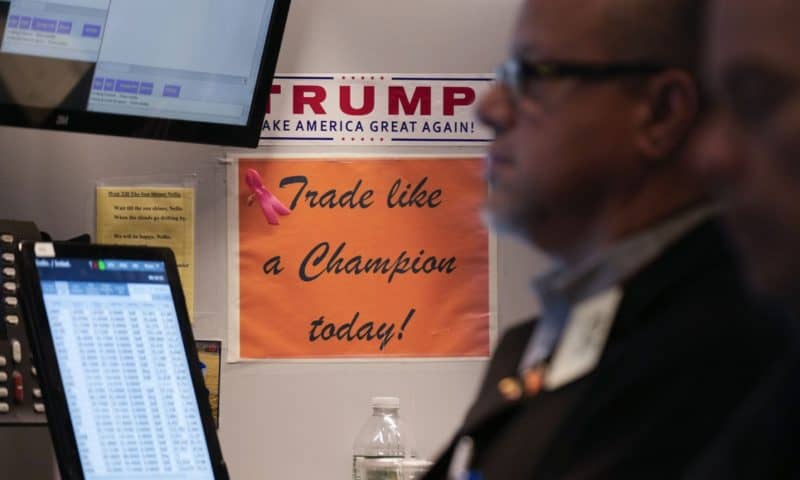
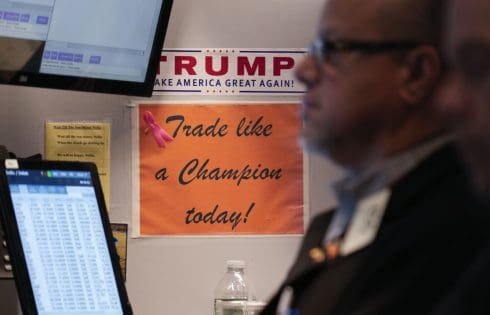 Donald Trump’s election helped turbocharge an already surging bull market in the U.S., sending stocks and cryptocurrencies to record highs.
Donald Trump’s election helped turbocharge an already surging bull market in the U.S., sending stocks and cryptocurrencies to record highs.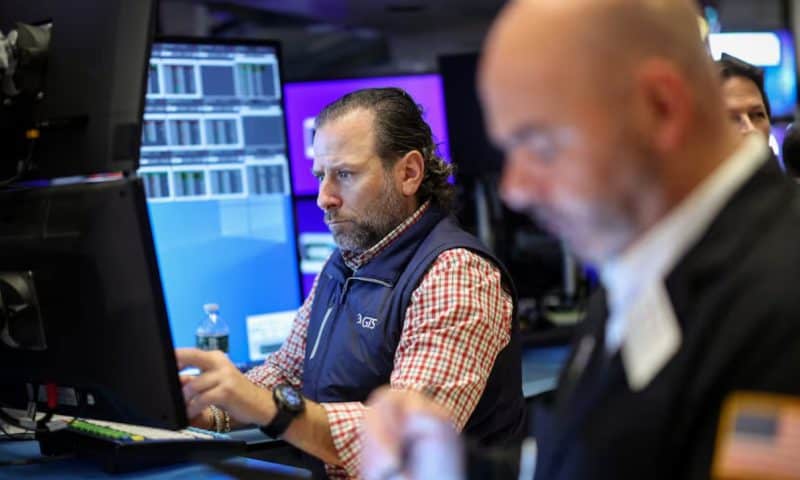
 The Nasdaq Composite fell more than 1% on Monday, with big technology stocks creating the biggest drag as investors worried about demand for technology supporting artificial intelligence while they waited for results from market heavyweight Nvidia.
The S&P 500 closed slightly lower, marking its third straight day of declines, while the Dow managed to eke out a tiny gain. It was also Nasdaq’s third consecutive loss and its fourth daily drop of more than 1% so far in February.
Investors were concerned about future demand for Nvidia’s (NVDA.O), opens new tab pricey AI chips as they awaited its quarterly results on Wednesday. Worries about hefty spending on the technology have mounted since low-cost AI models from China’s DeepSeek rattled the industry in January.
Adding to uncertainty, a TD Cowen analyst note published late on Friday reported that Microsoft Corp (MSFT.O), opens new tab has scrapped leases for sizeable data center capacity in the U.S., suggesting a potential oversupply of AI infrastructure.
Microsoft said its plan to invest over $80 billion in AI and cloud capacity this fiscal year was intact but that it “may strategically pace or adjust” infrastructure in some areas.
“Markets are already jittery and looking for a reason to take profits,” said Gene Goldman, chief investment officer at Cetera Investment Management, noting that any question about AI is seen as a reason to take profits since the technology has driven market growth for the last few years.
Along with worries about tariffs and inflation, investors are getting more anxious about economic growth after last week’s batch of weak economic data and a disappointing forecast from Walmart (WMT.N), opens new tab.
“Volatility is being driven by market uncertainty about whether we’re facing a growth scare or an inflation scare,” said Goldman.
The Dow Jones Industrial Average (.DJI), opens new tab rose 33.19 points, or 0.08%, to 43,461.21, the S&P 500 (.SPX), opens new tab lost 29.88 points, or 0.50%, to 5,983.25 and the Nasdaq (.IXIC), opens new tab lost 237.08 points, or 1.21%, to 19,286.93.
The more defensive healthcare index (.SPXHC), opens new tab led percentage gains, closing up 0.75% while technology (.SPLRCT), opens new tab was the biggest laggard, ending down 1.43%.
Nvidia was the S&P 500’s biggest index point drag, ending the session down 3.1%, and it was followed by chip maker Broadcom Inc (AVGO.O), opens new tab, down 4.9%, Amazon.com (AMZN.O), opens new tab, down 1.8%. Microsoft shares ended down 1%.
The tech sector’s biggest percentage decliner with, a 10.5% drop, was another popular AI stock, Palantir Technologies (PLTR.O), opens new tab.
“The dominance of the AI tech trade has run its course, not that these companies aren’t great stocks. We’re headed for a major digestion phase,” said Peter Boockvar, CIO at Bleakley Financial Group.
On the data front, the Personal Consumption Expenditure index – the Federal Reserve’s preferred inflation gauge – is expected on Friday and could help markets gauge the timing of the central bank’s first rate cut this year.
Interest rate futures indicate trader expectations that the Fed will leave borrowing costs unchanged until June, according to CME Group’s FedWatch, opens new tab tool.
In individual stocks, Apple (AAPL.O), opens new tab finished up 0.7% after the iPhone maker unveiled plans to spend $500 billion in U.S. investments in the next four years, including setting up a factory in Texas for AI servers.
Berkshire Hathaway (BRKa.N), opens new tab, shares hit record highs in early trading, after Warren Buffett’s conglomerate reported a record annual profit and its class B shares ended up more than 4%.
Nike (NKE.N), opens new tab finished up 4.9% after Jefferies raised its rating to “buy” from “hold”.
Declining issues outnumbered advancers by a 1.25-to-1 ratio on the NYSE where there were 90 new highs and 134 new lows.
On the Nasdaq, 1,518 stocks rose and 2,888 fell as declining issues outnumbered advancers by a 1.9-to-1 ratio. The S&P 500 posted 28 new 52-week highs and 8 new lows while the Nasdaq recorded 40 new highs and 232 new lows.
On U.S. exchanges about 15.32 billion shares changed hands compared with the 15.34 billion average for the last 20 sessions.
The Nasdaq Composite fell more than 1% on Monday, with big technology stocks creating the biggest drag as investors worried about demand for technology supporting artificial intelligence while they waited for results from market heavyweight Nvidia.
The S&P 500 closed slightly lower, marking its third straight day of declines, while the Dow managed to eke out a tiny gain. It was also Nasdaq’s third consecutive loss and its fourth daily drop of more than 1% so far in February.
Investors were concerned about future demand for Nvidia’s (NVDA.O), opens new tab pricey AI chips as they awaited its quarterly results on Wednesday. Worries about hefty spending on the technology have mounted since low-cost AI models from China’s DeepSeek rattled the industry in January.
Adding to uncertainty, a TD Cowen analyst note published late on Friday reported that Microsoft Corp (MSFT.O), opens new tab has scrapped leases for sizeable data center capacity in the U.S., suggesting a potential oversupply of AI infrastructure.
Microsoft said its plan to invest over $80 billion in AI and cloud capacity this fiscal year was intact but that it “may strategically pace or adjust” infrastructure in some areas.
“Markets are already jittery and looking for a reason to take profits,” said Gene Goldman, chief investment officer at Cetera Investment Management, noting that any question about AI is seen as a reason to take profits since the technology has driven market growth for the last few years.
Along with worries about tariffs and inflation, investors are getting more anxious about economic growth after last week’s batch of weak economic data and a disappointing forecast from Walmart (WMT.N), opens new tab.
“Volatility is being driven by market uncertainty about whether we’re facing a growth scare or an inflation scare,” said Goldman.
The Dow Jones Industrial Average (.DJI), opens new tab rose 33.19 points, or 0.08%, to 43,461.21, the S&P 500 (.SPX), opens new tab lost 29.88 points, or 0.50%, to 5,983.25 and the Nasdaq (.IXIC), opens new tab lost 237.08 points, or 1.21%, to 19,286.93.
The more defensive healthcare index (.SPXHC), opens new tab led percentage gains, closing up 0.75% while technology (.SPLRCT), opens new tab was the biggest laggard, ending down 1.43%.
Nvidia was the S&P 500’s biggest index point drag, ending the session down 3.1%, and it was followed by chip maker Broadcom Inc (AVGO.O), opens new tab, down 4.9%, Amazon.com (AMZN.O), opens new tab, down 1.8%. Microsoft shares ended down 1%.
The tech sector’s biggest percentage decliner with, a 10.5% drop, was another popular AI stock, Palantir Technologies (PLTR.O), opens new tab.
“The dominance of the AI tech trade has run its course, not that these companies aren’t great stocks. We’re headed for a major digestion phase,” said Peter Boockvar, CIO at Bleakley Financial Group.
On the data front, the Personal Consumption Expenditure index – the Federal Reserve’s preferred inflation gauge – is expected on Friday and could help markets gauge the timing of the central bank’s first rate cut this year.
Interest rate futures indicate trader expectations that the Fed will leave borrowing costs unchanged until June, according to CME Group’s FedWatch, opens new tab tool.
In individual stocks, Apple (AAPL.O), opens new tab finished up 0.7% after the iPhone maker unveiled plans to spend $500 billion in U.S. investments in the next four years, including setting up a factory in Texas for AI servers.
Berkshire Hathaway (BRKa.N), opens new tab, shares hit record highs in early trading, after Warren Buffett’s conglomerate reported a record annual profit and its class B shares ended up more than 4%.
Nike (NKE.N), opens new tab finished up 4.9% after Jefferies raised its rating to “buy” from “hold”.
Declining issues outnumbered advancers by a 1.25-to-1 ratio on the NYSE where there were 90 new highs and 134 new lows.
On the Nasdaq, 1,518 stocks rose and 2,888 fell as declining issues outnumbered advancers by a 1.9-to-1 ratio. The S&P 500 posted 28 new 52-week highs and 8 new lows while the Nasdaq recorded 40 new highs and 232 new lows.
On U.S. exchanges about 15.32 billion shares changed hands compared with the 15.34 billion average for the last 20 sessions.




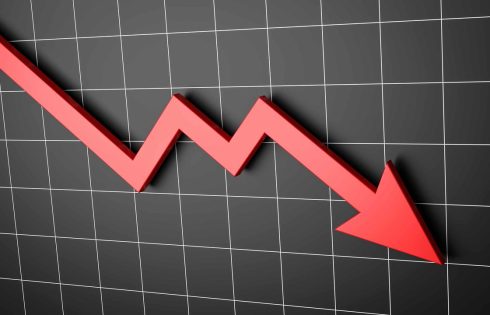

 The Starbucks drink menu is getting an overhaul next week. The coffee chain will remove some of its less popular hot, cold and blended drinks starting March 4 in an effort to speed up service and lighten the load on baristas.
Big orders with complicated modifications have made it difficult for baristas to keep up, leading to dissatisfied customers and a decline in company sales, Bloomberg reported.
“As part of our plan to get back to Starbucks, we’re simplifying our menu to focus on fewer, more popular items, executed with excellence,” Starbucks told Today.com. “This will make way for innovation, help reduce wait times, improve quality and consistency, and align with our core identity as a coffee company.”
The decision is part of chief executive officer Brian Niccol’s overall goal to streamline company operations. In a letter to employees Monday, Niccol announced there will be layoffs for 1,100 global corporate employees. The layoffs won’t impact store baristas. “Our intent is to operate more efficiently, increase accountability, reduce complexity and drive better integration,” Niccol said in the letter.
The Starbucks drink menu is getting an overhaul next week. The coffee chain will remove some of its less popular hot, cold and blended drinks starting March 4 in an effort to speed up service and lighten the load on baristas.
Big orders with complicated modifications have made it difficult for baristas to keep up, leading to dissatisfied customers and a decline in company sales, Bloomberg reported.
“As part of our plan to get back to Starbucks, we’re simplifying our menu to focus on fewer, more popular items, executed with excellence,” Starbucks told Today.com. “This will make way for innovation, help reduce wait times, improve quality and consistency, and align with our core identity as a coffee company.”
The decision is part of chief executive officer Brian Niccol’s overall goal to streamline company operations. In a letter to employees Monday, Niccol announced there will be layoffs for 1,100 global corporate employees. The layoffs won’t impact store baristas. “Our intent is to operate more efficiently, increase accountability, reduce complexity and drive better integration,” Niccol said in the letter.
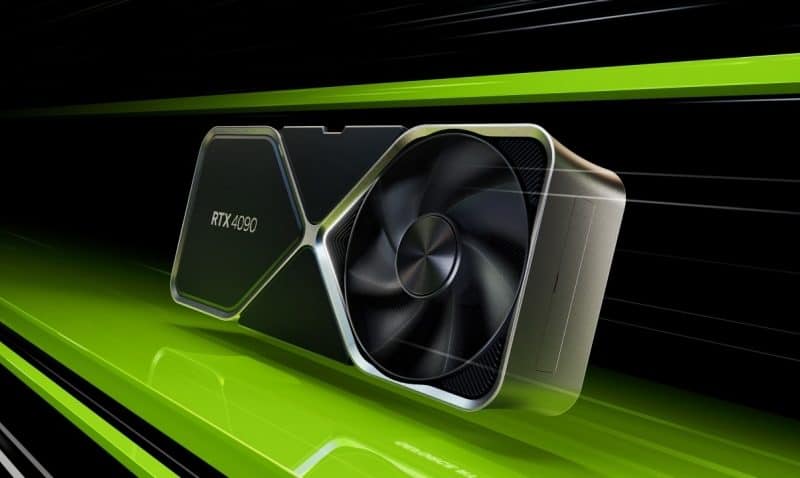
 Wall Street is gearing up for Nvidia’s (NVDA) fourth quarter earnings results to come out this Wednesday, February 26. However, not all expert investors are so bullish on the semiconductor manufacturer.
The Bahnsen Group CIO David Bahnsen sits down with Catalysts hosts Seana Smith and Madison Mills along with Yahoo Finance executive editor Brian Sozzi to present why he is bearish on the chip giant, weighing in on Nvidia’s valuation and growth expectations.
“If you compare its earnings multiple to some of the other AI companies, let alone other Mag Seven and, of course, other S&P names, it’s at an incredible premium. Now, I agree it’s earned it, I agree it’s deserved it and generated the order flow,” Bahnsen explains.
“But one of the key things that was said… it’s just simply untrue that it’s a monopoly. Nobody in their right mind thinks Nvidia is a monopoly. There’s tons of competition, but all the earnings multiple estimates are based on them never having competition.
Wall Street is gearing up for Nvidia’s (NVDA) fourth quarter earnings results to come out this Wednesday, February 26. However, not all expert investors are so bullish on the semiconductor manufacturer.
The Bahnsen Group CIO David Bahnsen sits down with Catalysts hosts Seana Smith and Madison Mills along with Yahoo Finance executive editor Brian Sozzi to present why he is bearish on the chip giant, weighing in on Nvidia’s valuation and growth expectations.
“If you compare its earnings multiple to some of the other AI companies, let alone other Mag Seven and, of course, other S&P names, it’s at an incredible premium. Now, I agree it’s earned it, I agree it’s deserved it and generated the order flow,” Bahnsen explains.
“But one of the key things that was said… it’s just simply untrue that it’s a monopoly. Nobody in their right mind thinks Nvidia is a monopoly. There’s tons of competition, but all the earnings multiple estimates are based on them never having competition.









